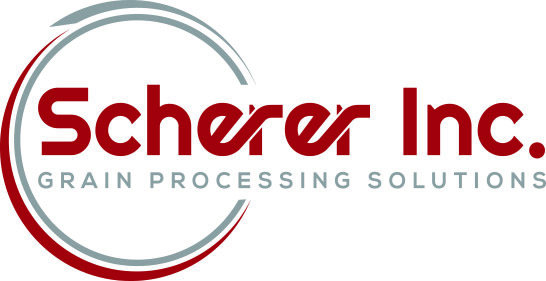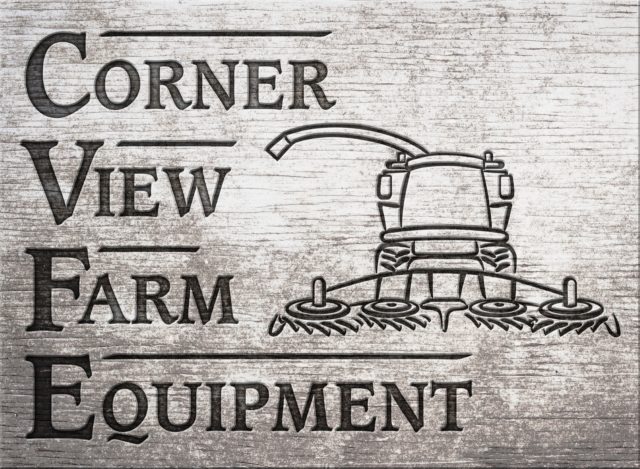Horsepower and tractor size
“People normally mention horsepower when describing their tractors,” says Mac Payne, Mahindra USA. “There are two types of horsepower listed for each tractor – one is the engine horsepower, and the other is the power takeoff. Mowers, shredders, roto-tillers and posthole diggers are driven by power takeoff horsepower. Approximately 20 power takeoff horsepower is needed to operate a 5-foot-wide rotary cutter and 30 power takeoff horsepower to operate a 6-foot rotary cutter.”
“Unfortunately, too many people are oversold on horsepower and believe certain horsepower is the right size whether they have 5 acres or 500. You need to match horsepower to the job,” says John Ewald of Ewald Kubota. “There are many variables to study before making a decision on horsepower. If a tractor is used mostly for plowing, consider soil type, size of implements and time allotted for the job.”
“Two different tractors may not be comparable even if they have the same engine and power takeoff horsepower. Some manufacturers remain competitive by adding a large engine to a small frame so they can advertise a larger amount of horsepower. Look past the horsepower and compare three-point hitch capacity and total tractor weight,” Payne advises. “Light-frame tractors don’t have the traction and stability needed for completing many farm and ranch tasks.”
The three-point hitch on the rear of a tractor has been on the market since the 1940s. It is a simple, reliable way to attach implements such as rear and box blades, tillers, mowers, round bale movers, aerators, seeders and land levelers. Make sure your current implements will match the new tractor. In addition, a new tractor should have ample three-point hitch capacity to handle implements purchased now and in the future.
Light compact tractors weighing under 3,000 pounds with two-wheel-drive have traction problems. When using a tractor for loader work, weight is transferred from the rear axle to the front. Lightweight tractors not only lose traction, but they also become unstable with a load on the front.
“A utility two-wheel-drive tractor under 3,000 pounds may work well on dry ground; however, if you feed cattle in mud or snow, four-wheel-drive is a great feature to have. A 4,000-pound, two-wheel-drive utility tractor can handle a larger-capacity loader for moving round bales or a larger rotary cutter with better traction and stability than the comparable compact,” says Payne.
Type of transmission
Transmission type is another choice to make when buying a tractor. The old stand-by transmission is used by simply putting it in the right gear for the desired speed and letting out the clutch. Tractor engines have a lot of torque, so the same gear can be used for moving forward or backward.
“A synchronized transmission (synchro) allows shifting from one forward gear to the next without clutching,” says Payne. “Many synchro transmissions have a shuttle feature that allows the operator to go from forward to reverse by clutching and shifting the in-line lever. This feature is very handy for loader work. Power shuttle transmissions allow forward and backward tractor movement without clutching.”
The hydrostatic (hydro) transmission allows the operator to press a pedal to go forward or press a different pedal to go in reverse. This is the most expensive transmission, but it is the simplest to use and maintain and is very durable. The hydro transmission is ideal for people who don’t like to push a clutch or “clutch riders” who wear out clutches.
There are two or three speed ranges in the transmission, which allow flexibility in how the tractor is operated. To slow down, take pressure off the pedal, and to go faster, push it down.
Other purchase considerations
As of January 2013, all diesel tractors under 75 horsepower are now required to meet EPA Tier Four emission regulations. These regulations require a reduction of particulates emitted through the exhaust by 95 percent. As a result, newer tractors don’t puff black smoke.
“Some manufacturers added a regeneration filter that catches particulate (soot) and, after a period of time, incinerates it at 1,100ºF,” says Payne. “Other companies redesigned their engines to meet emission requirements without use of a filter. Before selecting a tractor for purchase, study its exhaust system and ensure it complies with the regulations and operates efficiently.”
Ask about the factory warranty on the tractor you wish to purchase. The quality of repair and maintenance service provided by the dealer is also an important purchase consideration. Call some of the dealer’s customers and ask about their satisfaction with the service.
“Consider resale value when buying a tractor,” says Ewald. “Purchasing a name-brand tractor will ensure it will be in demand if you decide to sell it. If the current nationwide market share of a particular manufacturer is high in relation to other brands, then that tractor is more popular in the used market.”
Front-end loader purchase
The front-end loader is a handy piece of equipment and is found on many farms and ranches, so tips on purchasing a new one are worthy of discussion. When comparing loaders, look at the lift capacity with the loader pins at maximum height. Lift capacity will decrease as the load is moved farther away from the tractor. Maximum height to which the loader can be extended and its capacity are also important factors to consider.
“Lift capacity is measured several different ways,” says Ewald. “There are lift to full height, static lift, pivot pin, bucket center, lift arm and 24 inches aft of lift arm capacities. Make sure the salesperson fully understands how the loader will be used so the right lift capacity is chosen.”
“Buy a loader manufactured by the same company that produced your tractor and one that is performance matched to your model,” recommends Ewald. “Often one loader model fits a dozen or more different tractors – but none exactly right. Every tractor model has different hydraulic oil pressures and flows as well as stress points on the frame.
“A trade-off exists between actual lift capacity and speed. If a front loader can lift a lot of weight, it may have a very slow cycle time. When using a loader, cycle time is just as important as weight, because an operator doesn’t want to wait too long for the bucket to go up and down.”
“Most manufacturers sell quick-on and -off loaders,” says Payne. “Loaders that require dismantlement for removal from the tractor were discontinued in the 1960s, so be aware if this type is advertised as new.”
Reputable and experienced salespeople are the best option for help in selecting a tractor and implements. They know their equipment and the equipment’s capabilities. ![]()
Robert Fears is a freelance writer based in Georgetown, Texas. Email Robert Fears.












